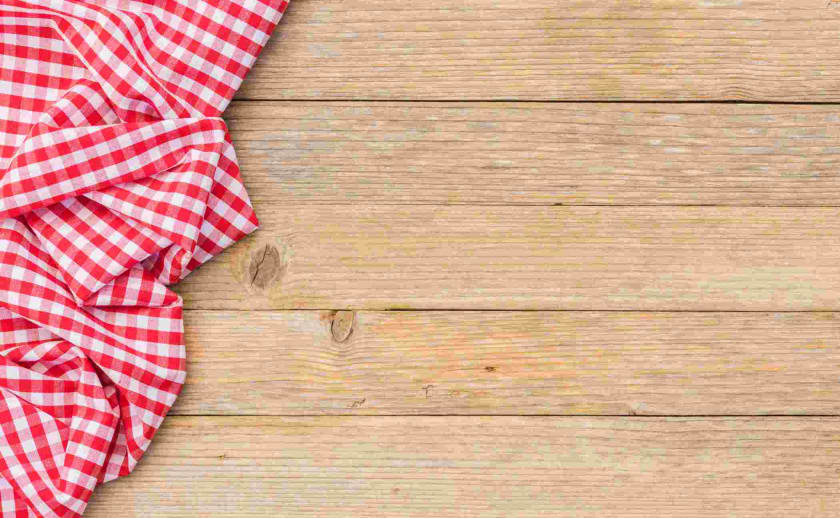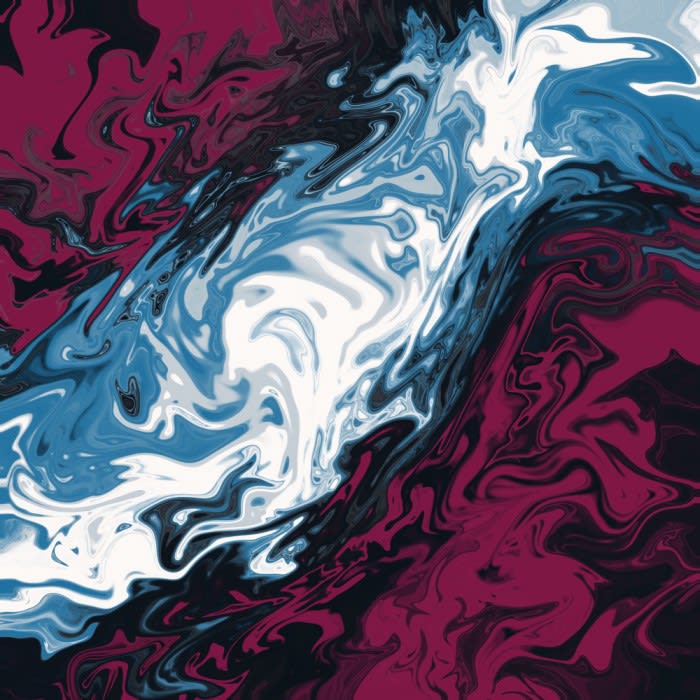Why Plaid Fabric Fashion Is Timeless



Many people use the term "plaid" in a variety of contexts and with a multitude of meanings. To a few people, the plaid fabric is a sort of woolen material, a fabric pattern, and a form of apparel.
Plaid Fabric: The Timeless Fashion
The plaid fabric has lately seen a comeback due to the 80s and 90s motifs nostalgia, as well as demand for versatile, inherently fashionable clothing that may contribute to a better, hassle-free lifestyle.
Plaid has reappeared as the ideal transitional weather outfit. It returned as a flexible fashion option that can be worn in every manner possible, be it as a sophisticated outerwear item, an edgy skirt choice, or a statement purse. All thanks to its distinctive design and various style incarnations over the years.
The plaid fabric might be made of wool, cotton, or a combination of the two. Casual and comfortable shirts for men and skirts for women are made from plaid flannel fabric. Warming jackets and kilts are created from thick plaids woven with woolen yarn.
So, now that it’s clear why plaid fabric fashion is considered timeless. Let’s dive deeper and read more about plaid and plaid flannel fabric and how it is different from checks and tartan.
Plaid Vs. Checks Vs. Tartan

Plaids, checks, and tartans are commonly confused due to their square design. They only differ in minor ways, so you'll need an eye for detail to differentiate between them.
Checks are less complicated than plaids and resemble tiles or small boxes.
Plaids are rather made up of vertical and horizontal stripes that aren't always the same color. These squares don’t need to be symmetrical all the time.
Tartan is a sub-category of plaids that has exactly symmetrical stripes. It is said to be the classic plaid style, having originated in Scotland.
Plaid Fabric Vs. Plaid Flannel Fabric
Plaid and flannel are not the same things. Plaid is a pattern that may be replicated on any fabric or interior surface, but flannel is a fabric that has been designed with gentleness in mind.
While certain plaid shirts and other forms of plaid clothing use flannel, it is not necessary that all plaid items are flannel.
Types of Plaid

Now we know the differences between plaid, checks, and tartan; let's discuss the two main types of plaid fabrics:
Modern-Day Plaid Types

The top four types of modern-day plaids are discussed below:
- Gingham
The gingham plaid pattern originated in Manchester, England, in the mid-eighteenth century. It is made up of tiny, transparent squares with thick and broad lines. Fabrics used in gingham plaids give off a relaxed, playful vibe.
- Houndstooth
The houndstooth plaid design originated in Scotland around 300 B.C. It's one of the most popular plaid varieties, and it's also the simplest to distinguish because it's one-of-a-kind.
- Madras
Madras is a regular plaid consisting of off-kilter, eccentric, asymmetrical designs that date back to the 1800s and is named after the old name of the Indian city of Chennai. It's incredibly vibrant and bright and consists of orange, white, and yellow hues.
- Tattersall
This kind of plaid dates back to the 1700s and takes its name from London's Tattersall horse marketplace. It was widely used in horse blankets but is now more commonly seen in casual clothing.
- Tartan Plaid Types
Tartan, often known as Scottish or traditional plaid, is ideal for a timeless look. The top four types of tartan plaid are described below:
- Black Watch
The black watch, also known as Campbell, is one of the most popular and distinguished forms of tartan plaid. It's available in navy blue, hunter green, and black tones, all of which evoke the Scottish Army. The texture is dark, gloomy, and subtle.
- Clan Wallace
The Wallace is one of the styles of plaid that comes to mind when thinking about plaid with a long history. Wallace is a Scottish term derived from the Ancient French word "waleis." This design is prevalent in 3M products and includes tiny squares.
- Lindsay
The Lindsay tartan pattern, which has a flexible and elegant design, is one of the simplest to distinguish against plaid. It was first seen in 1120 and is a popular design for skirts, uniforms, and coats, as well as textiles for house interiors.
- Royal Stewart
The contrast between the red base hue and the blue, white, green, and brilliant yellow stripes makes this tartan plaid distinct. It was created with the British and Scottish monarchy in mind, thus the word "royal" in its name.
Conclusion
Plaid fabrics can be used to bring color and flair to your interior and clothing. Also, plaid fabrics, plaid flannel fabrics, and checks are frequently mistaken due to their similar square patterns. Plaid is categorized into Modern-day and tartan plaids.
To learn more, visit Fashinza: Your apparel industry partner!



















